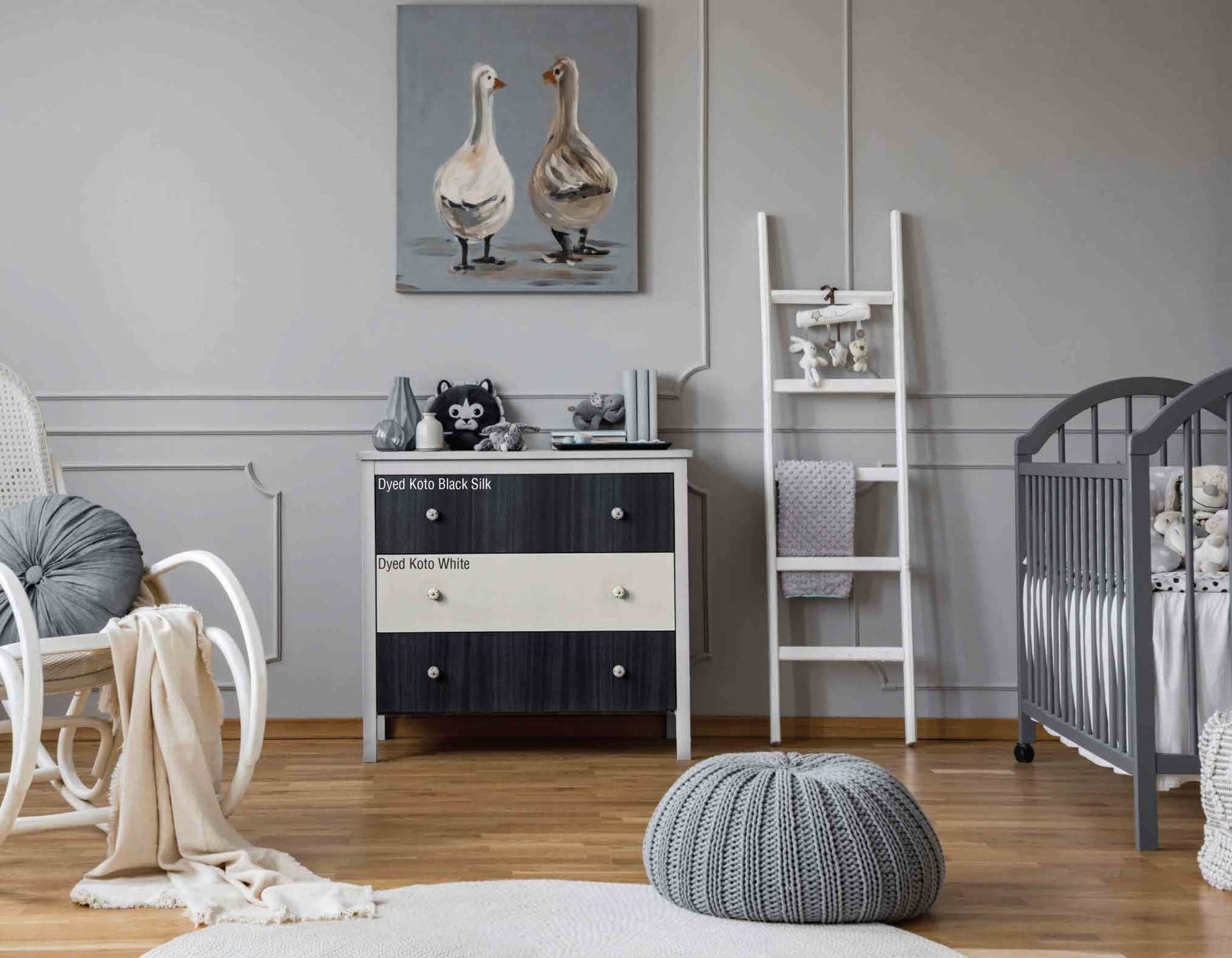You must have looked at those decorative veneers on furniture and admired the intricate patterns and rich textures. It would have been marveled how they could have been made. Veneering is a traditional skill that can take any ordinary surface and change it into a work of beauty with the use of thin layers of wood.
In this guide, the unique craft of veneering is examined for its benefits, techniques, and applications. Whether you’re an established woodworker or a curious beginner, this guide will help you appreciate the beauty and inlaying of veneering.
Decorative Veneers: The Beauty
Decorative veneers are celebrated for their potential to increase furniture aesthetic appeal and interior design. Thin slices of wood unveil the beauty of natural grain patterns in wood, enriching any piece with elegance and finesse. Veneer sheets come in numerous species, such as oak, walnut, and maple, while others are of exotic wood origin, hence giving the designer endless design possibilities.
Veneering allows designs and patterns that would otherwise be very difficult or impossible to execute with solid wood. It is for this flexibility in application that veneers become a darling for many designers and craftsmen hoping to create visually stunning pieces.
Elegance at Less Cost
This will bring out one major benefit associated with using veneer sheets: it’s cost-effective. What this means is that whereas solid wood furniture may be expensive, veneers offer a cheap version of the same quality and beauty. In other words, veneers offer craftsmen a way to use a thin layer of fine-quality wood over a less expensive substrate, thereby providing for the economization of costs while still creating a luxurious look.
This makes veneering an economical way to create custom furniture and large production runs, making the beauty of wood available to many more homeowners and businesses without such a large price tag associated with it.
Durability and Stability
- Strength: Even though veneer sheets are thin when bonded onto a stable substrate, they become very strong. This style of construction gives additional strength and stability to the piece of furniture or surface and resists warping, cracking, or splitting as solid wood often does.
- Durability: The protective finishes applied to the decorative veneers further enhance its durability. They fight against scratches, stains, and moisture, so the veneered surface will look nice for a longer period.
- Maintenance: Veneered surfaces are relatively easy to clean, only needing dusting regularly, and an occasional polish brings them back to life. This makes it a practical choice, more so where busy households and commercial spaces are concerned.
Versatility in application
Decorative Veneers are not limited only to furniture; they can show up anywhere the creation of beautiful wood surfaces is required.
- Furniture: In furniture making, veneers are regularly used for elegant dining tables and chairs or stylish cabinets and dressers. Their ability to emulate the appearance of solid wood with design flexibility makes them perfect for creating custom pieces to fit any décor.
- Veneered Doors: They can bring about a difference in the interior with their classy looks. Such doors can be designed to match with any other veneered furniture item, thereby giving the interior a consistent finish.
- Wall Panels: From wall panels, the veneer sheets can considerably enhance the appeal of the rooms by giving them warmth and texturing. This application, because of its classy look, is very well received in luxury homes, hotels, and offices where visual appeal can matter significantly.
- Cabinetry: Kitchen and bathroom cabinets use veneers to great advantage. They provide the finished, luxurious look of solid wood at a lower cost. The durability of veneers also lends well to these high-use areas.
Eco-Friendly Option
Using decorative veneers is an ecologically responsible choice. Veneering uses less wood than solid wood furniture, making it a more sustainable option.
- Resource Efficiency: Because veneers are made from thin slices of wood, they maximize the use of each log, reducing waste and promoting resource efficiency. This means fewer trees need to be harvested to produce the same amount of veneered products.
- Sustained Sourcing: Most veneer producers use sustainably managed forests for their wood, hence ensuring minimal damage to the environment in the course of production. By opting for veneers, you acquire the beauty of wood while being part of such sustainable practices.
- Recyclability: This means that many veneered furniture and surfaces are recyclable, hence allowing for a closed-loop economy. At the end of their service life, such products are repaired for reuse or otherwise broken down for recycling, consequently reducing waste and its impact on the environment.
Conclusion
Taking it all together, one can find in decorative veneers and veneer sheets an enormous amount of advantages for producing lovely wood surfaces. All this makes them the preferred choice of artists and customers alike for their aesthetic appeal, cost-effectiveness, durability, versatility, and eco-friendliness.
Applied to furniture, doors, wall panels, or cabinetry, veneers offer a very luxurious and practical solution that adds some charm to any space. Embrace the art of veneering to transform ordinary surfaces into extraordinary works of art and enjoy timeless beauty with the functionality veneers bring to your home or office.



